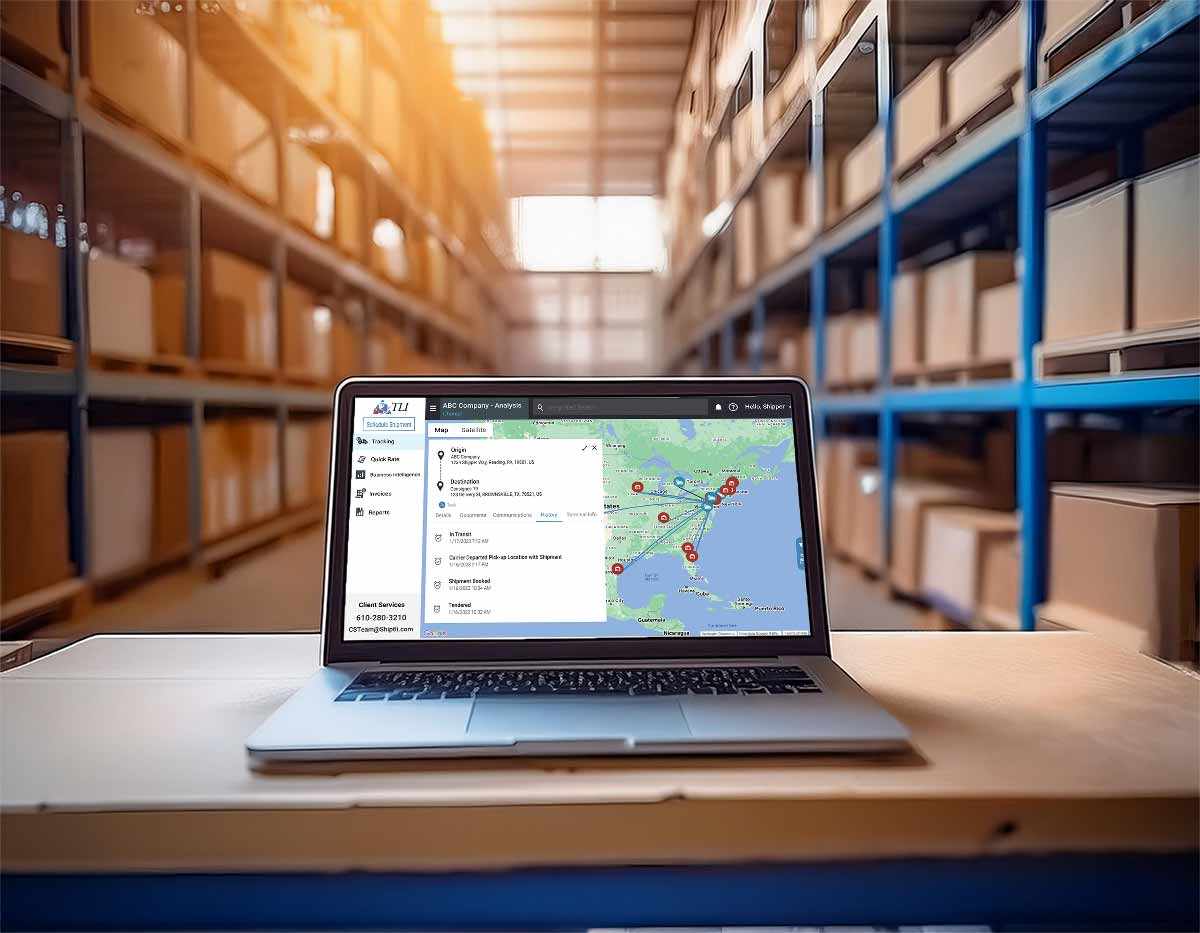
A Transportation Management System (TMS) is a dedicated software platform for your shipping operations. The system hosts shipping rates and contracts, provides tracking updates, and helps streamline the shipping process for shippers. With so many options out there, how does a shipper choose a transportation management system that is right for them?
When should a Business Start Using a Transportation Management System?
A business should consider using a TMS system when managing your transportation becomes more challenging than it should be. Here are some key indicators it’s time to upgrade from the running excel sheet:
Time Consuming Manual Processes
If you’re handling freight tendering through fax, phone, email, and/or spreadsheets, then it’s time to upgrade. A TMS is able to auto-tender the shipment to a carrier. The best TMS is integrated into the carriers to then provide all reference numbers without manual inputting.
Rapid Growth
As businesses organically grow, manual methods become overwelming. A TMS helps manage the complexity of your expanding business network. If you struggle with scalability, then you should trial ViewPoint Transportation Management System.
To Track Key Performance Indicators (KPI)
If a challenge is setting a KPI, such as On-Time Performance or Cost Per Pound, then a TMS should be utilized. This provides the insights you need to make corrections and negotiate effectively.
Over Extended Team
If your accounting or administrative team is handling shipment planning tasks, then it’s time to offload these responsibilities to a TMS system.
When should a Shipper Choose a New Transportation Management System?
If your current TMS is complicating simple tasks or needing constant maintenance, then you should consider a replacement. Here are some key indicators it’s time to upgrade from the current TMS System:
Complex Shipment Tendering
The overall goal of a TMS is to simplify the process. If the quoting to tendering process is complicated, then it’s time to consider a change.
Difficult Usability
The TMS should be intuitive and user-friendly. If generating reports or navigating a UI is a struggle, it might be time for a more accessible system.
Lack of API/EDI Integration
The standard in today’s landscape is the ability to connect with API/EDI connections. This allows for the system to communicate with carrier systems for dynamic pricing and up-to-date tracking abilities.
Volume Consolidation Optimization
As shipment volume grows, there may be more opportunities for consolidation opportunities. The best TMS system notify and helps shippers identify these opportunities.
Software as a Service (Saas) vs Managed Transportation Solution
When choosing a TMS provider, you will run into the terms SaaS and Managed Transportation. This section will identify both and the difference between both.
Software as a Service (SaaS)
SaaS gives shippers the TMS system with no additional service. The provider will upload your contracts for you and provide the system. The provider will assist with any technology or system assistance needed. The service is billed at a per shipment fee or at a monthly technology fee.
However, the provider will not assist in day-to-day operations of shipping. While the system may be connected to a carrier’s system to provide updates, the Software provider will not actively reach out for you. SaaS is perfect for an organization with the bandwidth to monitor shipping operations.
Managed Transportation
This service level type provides extra services to your system. The provider will assist in day-to-day operations of your shipping. This can include scheduling, tracking, freight claims, freight invoice auditing, contract management, and more depending on the providers services. While services may vary, this may be appealing to any company who needs additional bandwidth in their operations.
The billing may vary by company, but TLI bills all the services into an all-in rate. This means you get managed transportation and the TMS system for the rate given. If you’re looking for a rate for a specific shipment or lane, reach out to the team here.
Choosing a Transportation Management System: How to Get Started
To start the process of choosing a transportation management system, start by clearly defining your overall goals. The steps to choosing the right system are below:
- Define your Goals & Needs: Identify what problems you need to solve and what features are essential. Consider your budget, departments using the system, and carrier base complexity.
- Gather Internal Data: provided details about your shipping operations to understand whether a Software as a Service or a Managed Transportation solution is best for you
- Explore Options and Get Quote: Research and shortlist your potential TMS providers. Each provider will have a different operations and billing rates. Good questions to ask include how long they keep archive records of shipping documents or their deployment time of the system.
- Evaluate your Options: Compare the shipping capabilities of the TMS platforms you’re considering. Check for easy integration with your current systems.
- Trail the System: Most TMS platforms offer trial periods. Test the system’s functionality and user interface to ensure it meets your needs.
- Make your Decision: Choose the TMS that best aligns with your requirements.
ViewPoint TMS: How to Get started with a Top Transportation Management System
ViewPoint TMS is an easy to use system. This cloud-base, web application TMS is perfect for all businesses. Whether you’re looking for a SaaS or managed transportation solution, the team at TLI is ready to tailor the system to your needs. Reach out to today for a demo or start a trial: